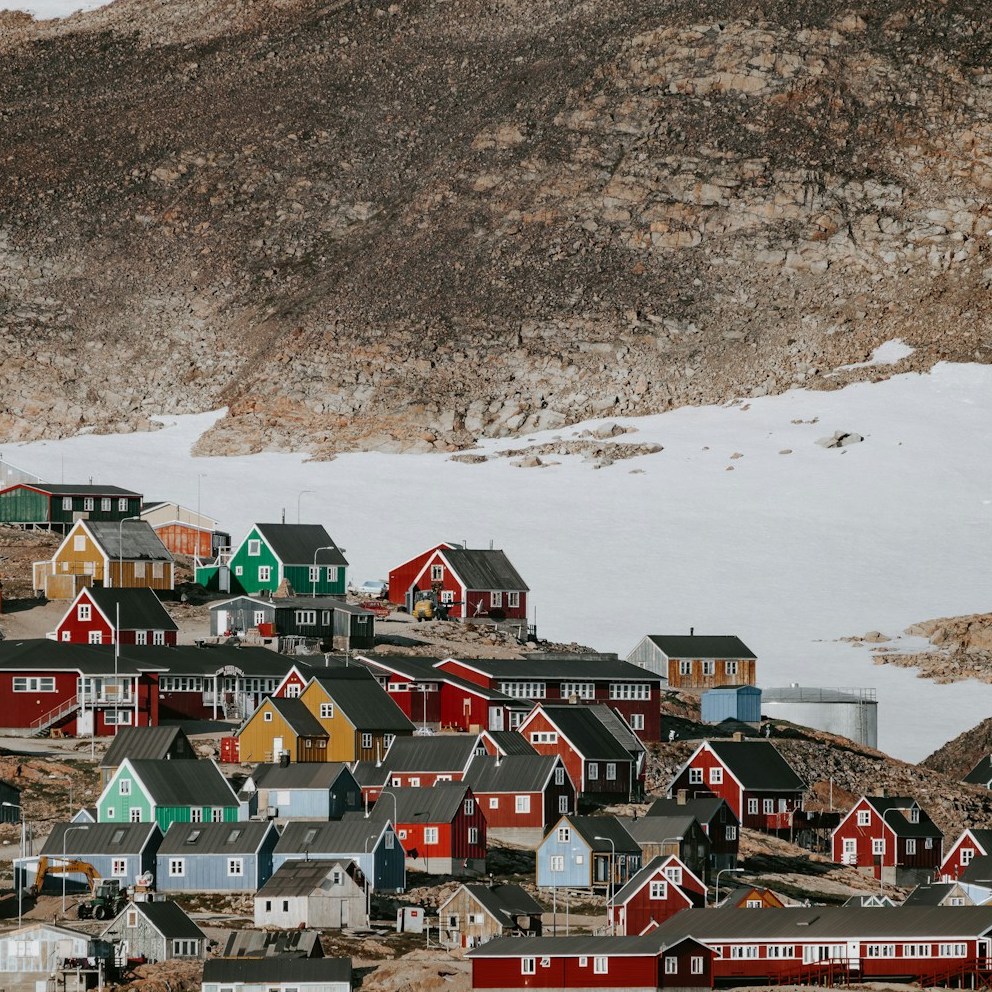Published:
Greenland has emerged as a strategic battleground for natural resource exploration as global demand for critical minerals surges. Rich in rare earth elements, uranium, and other valuable minerals, the world's largest island has drawn the attention of governments and multinational corporations seeking to secure essential supply chains.
While Greenland’s vast, largely untapped mineral reserves have long been a subject of interest, recent shifting economic and political dynamics have increased urgency regarding their development. China, the United States, and the European Union are some of the key players vying for access.
As the shift toward renewable energy and advanced technology grows, rare earth elements— which are vital for batteries, wind turbines, and semiconductors— have become increasingly valuable. Perhaps ironically, the island’s melting ice sheets, a direct consequence of climate change, have made mining more feasible, further accelerating interest in the region. The Greenland Ice Sheet, which forms the second largest frozen body of water in the world, loses 30m tons of ice per hour; last year alone, the ice sheet lost 50 gigatons, and the receding ice only further exposed new mineral deposits.
As a result, many mining companies, countries, and governments have attempted to acquire the largely underexplored wealth, including China. For instance, Shenghe Resources, a Chinese company with significant interests in rare earth mining, is involved in Greenland’s Kvanefjeld project, one of the world’s largest undeveloped deposits of rare earth minerals and uranium. Despite initial agreements, the project has been the subejct of much political and regulatory controversy due to its harmful impact on the environment, as well as local communities.
Similarly, Australia-based mining company Greenland Minerals Ltd. has played a crucial role; once a major stakeholder in the Kvanefjeld project, the company faced setbacks when Greenland’s newly elected government imposed a ban on uranium mining, significantly impacting the feasibility of the project. The decision reflected Greenland’s cautious approach to resource extraction, which has been increasingly influenced by opposition from environmental advocacy groups and sensitive mining operations. At present, however, the island remains open to other forms of mineral exploration— especially if they align with sustainable and responsible mining practices.
The European Union has also deepened its interest in Greenland's resources. With its Green Deal initiatives driving a push for sustainable energy and technology, the EU has been exploring partnerships with Greenlandic authorities to develop mining operations that adhere to stringent environmental and social standards. Although European-backed firms face significant competition from other mining industry leaders, they seek to establish operations in Greenland.
As these competing interests converge, Greenland finds itself at the center of a complex geopolitical equation. The island’s semi-autonomous government continues to navigate opportunities while considering environmental impact, local opposition, and the broader implications of foreign investment.
However, the pursuit of their mineral wealth holds many detrimental implications, particularly for the environnment. While the island's rapidly melting ice— a consequence of climate change— has made certain areas more accessible for exploration, it has also allowed new dangers to rear their heads.
Thawing ice destabilizes the terrain and increases the risk of landslides in fjord regions, which poses significant threat to both local communities and potential mining operations. These instabilities also complicate extraction efforts, making them more dangerous and costly. Moreover, Greenland's harsh and unpredictable climate further exacerbates these challenges, as extreme weather conditions can hinder both exploration and extraction activities.
With these environmental concerns and political stakes in mind, the quest for Greenland’s minerals becomes increasingly contentious, where any outcome will shape not only global power dynamics, but also the future of climate change.
File under






